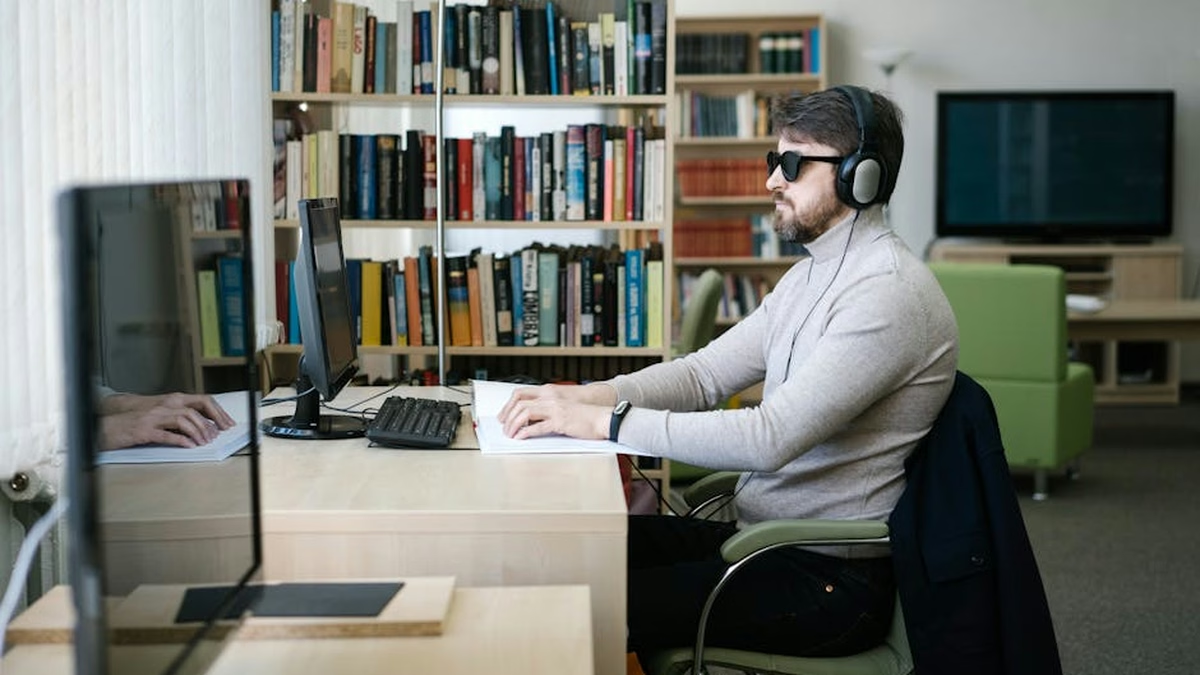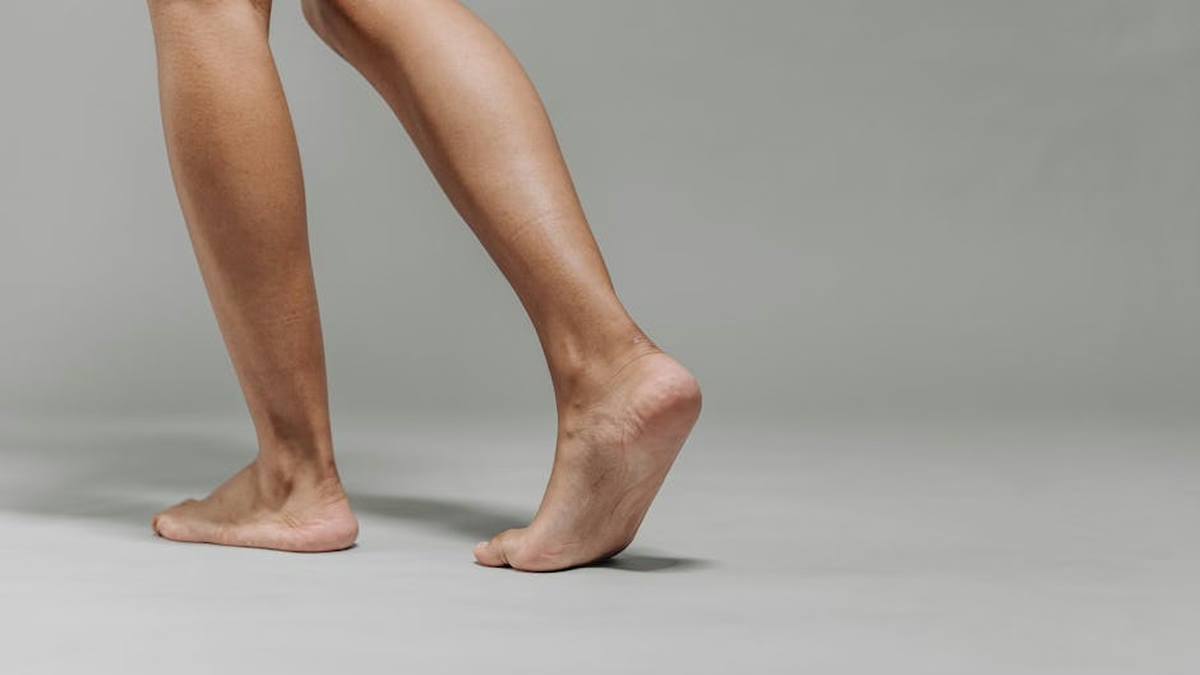The Invisible Strain: Are Your Screens Silently Hurting You?
In today’s hyper-connected world, screens are our constant companions. We scroll through newsfeeds, binge-watch our favorite shows, and work tirelessly on our laptops. But have you ever stopped to consider what all this screen time is really doing to your eyes? It’s more than just feeling a little tired; the effects can be surprisingly profound.
Understanding the Digital Eye Strain Phenomenon
Digital eye strain, also known as Computer Vision Syndrome (CVS), is a common ailment that affects millions. It’s not a disease, but rather a collection of symptoms resulting from prolonged use of digital devices. Think of it like this: your eyes are muscles, and just like any other muscle, they can get fatigued from overuse. Focusing on screens for extended periods demands a lot from these muscles.
The Culprits Behind the Strain
- Reduced Blinking: When we stare at screens, we blink less frequently. Blinking is essential for lubricating our eyes and preventing dryness.
- Blue Light Exposure: Screens emit blue light, a high-energy visible light that can potentially damage the retina over time.
- Poor Posture: Hunching over our devices puts strain on our neck and shoulders, which can contribute to eye strain.
- Glare and Reflections: Glare from screens or surrounding surfaces can make it difficult to focus and cause eye fatigue.
Decoding the Symptoms: What Your Eyes Are Trying to Tell You
Your body is remarkably good at sending signals when something isn’t right. Here are some common signs that you might be experiencing digital eye strain:
- Dry, Itchy, or Burning Eyes: This is often the first sign that your eyes are begging for a break.
- Blurred Vision: Difficulty focusing on objects, both near and far, can indicate eye fatigue.
- Headaches: Tension headaches, especially around the temples and forehead, are frequently linked to eye strain.
- Neck and Shoulder Pain: Poor posture while using screens can lead to muscle aches and stiffness.
- Eye Fatigue: A general feeling of tiredness and discomfort in your eyes.
Protecting Your Peepers: Practical Tips for Reducing Screen Time Impact
The good news is that you don’t have to completely abandon your screens to protect your eyes. Here are some simple yet effective strategies you can implement today:
Embrace the 20-20-20 Rule
This is perhaps the most important tip. Every 20 minutes, take a 20-second break and focus on an object 20 feet away. This allows your eye muscles to relax and refocus.
Also Read: Why Stomach Pain After Eating Might Be a Warning Sign
Adjust Your Screen Settings
Reduce the brightness of your screen to match the ambient light in your room. Increase the font size for easier reading. Consider using blue light filters or night mode, especially in the evening. Many devices now have built-in features for this.
Optimize Your Workspace
Position your screen about an arm’s length away from your face and slightly below eye level. Use an adjustable chair to ensure proper posture. Minimize glare by positioning your screen away from windows or bright lights.
Blink More Consciously
Make a conscious effort to blink more frequently. If you find it difficult, try closing your eyes tightly for a few seconds and then opening them. This helps to lubricate your eyes and prevent dryness.
Consider Eye Drops
If you experience persistent dryness, over-the-counter artificial tears can provide relief. Consult with your eye doctor if your symptoms are severe or don’t improve with self-care.
Regular Eye Exams
Schedule regular eye exams with an optometrist or ophthalmologist. They can detect any underlying eye conditions and recommend appropriate treatment.
Beyond the Physical: The Mental and Emotional Toll of Excessive Screen Use
While the physical effects of too much screen time are well-documented, it’s important to acknowledge the potential impact on our mental and emotional well-being. Excessive screen use can contribute to anxiety, depression, and sleep disturbances. It can also lead to social isolation and a decreased sense of connection with the real world.
Finding a healthy balance is key. Be mindful of how much time you’re spending on screens and make a conscious effort to disconnect and engage in activities that bring you joy and fulfillment.
A Brighter Future for Your Eyes
Protecting your eyes in the digital age is an ongoing process, not a one-time fix. By understanding the risks associated with excessive screen time and implementing these simple strategies, you can significantly reduce your risk of digital eye strain and maintain healthy vision for years to come. Remember, your eyesight is precious. Take care of it, and it will take care of you. It’s about being mindful and intentional about how we interact with technology, ensuring it enhances our lives without compromising our well-being. Prioritize your eye health; you deserve it.









2 thoughts on “Too Much Screen Time? Here’s What It’s Really Doing to Your Eyes”
Comments are closed.